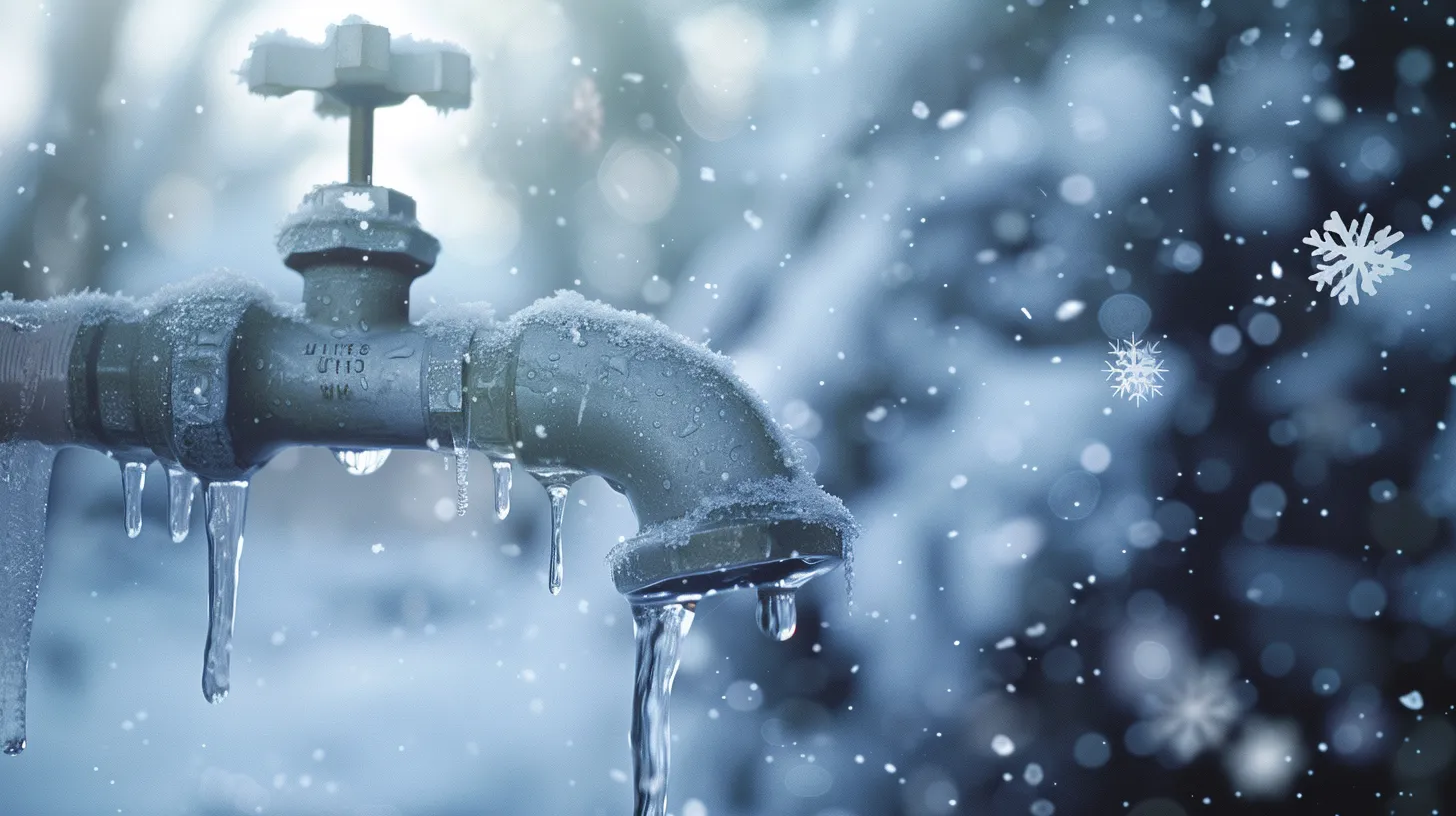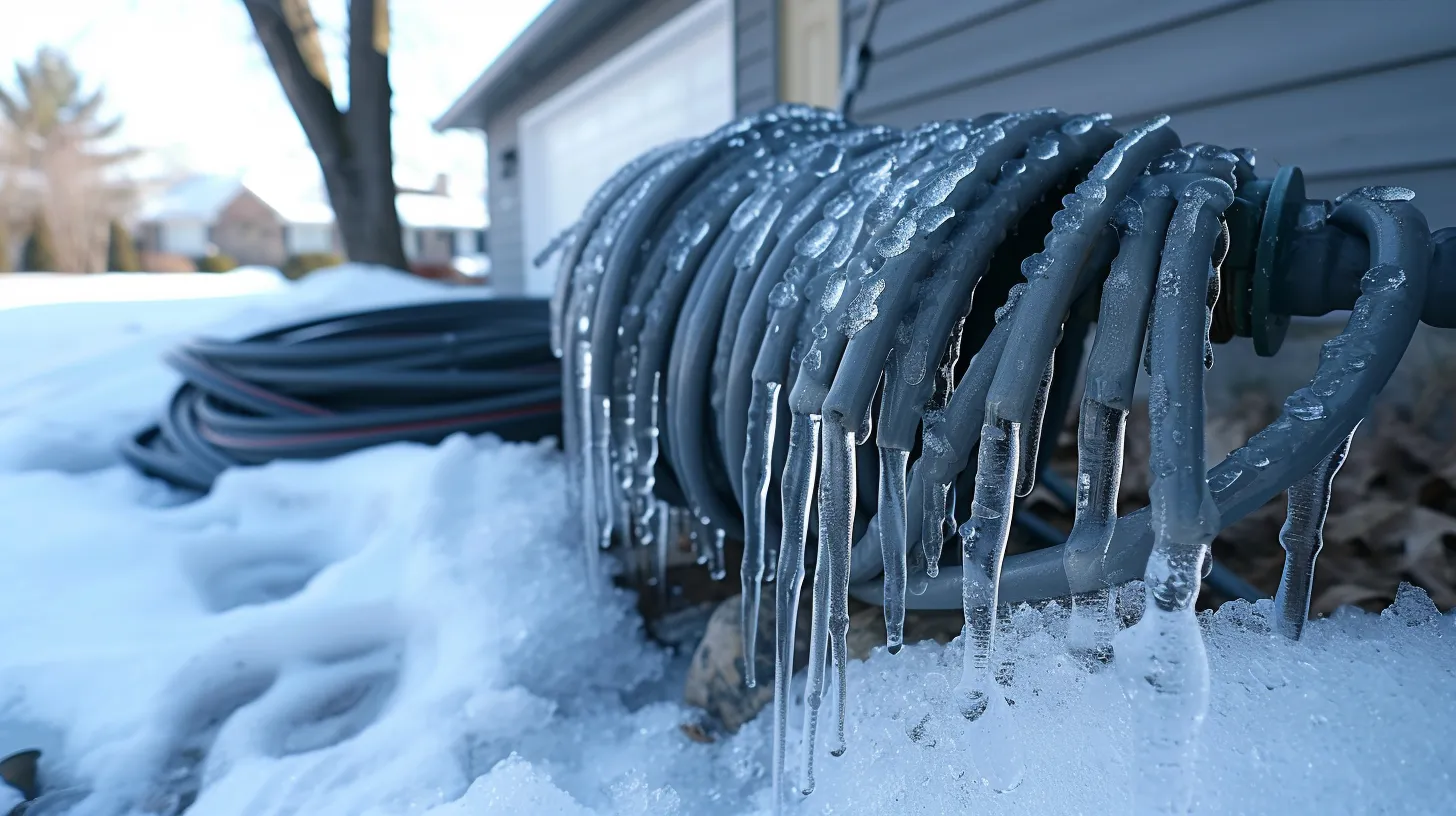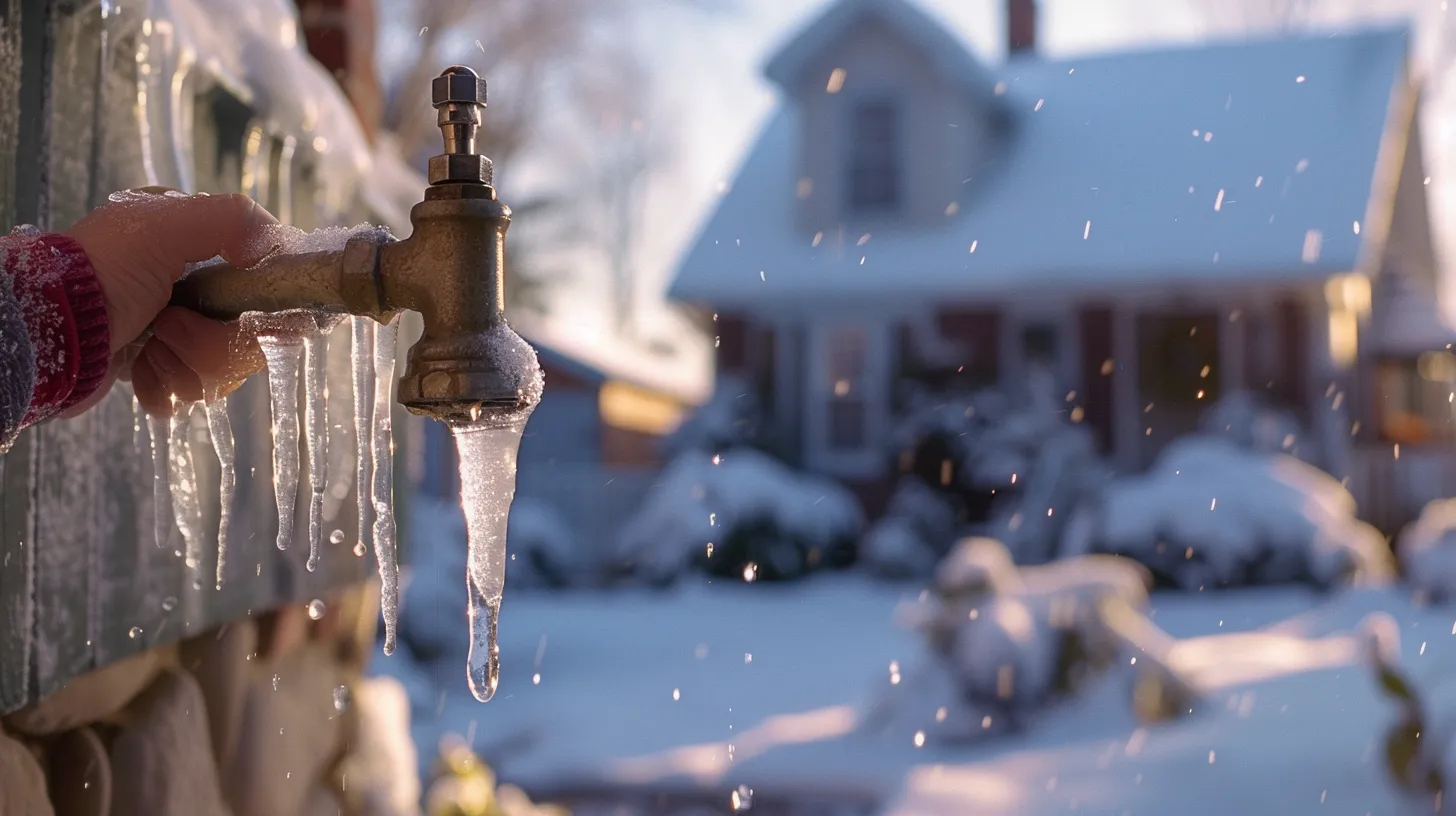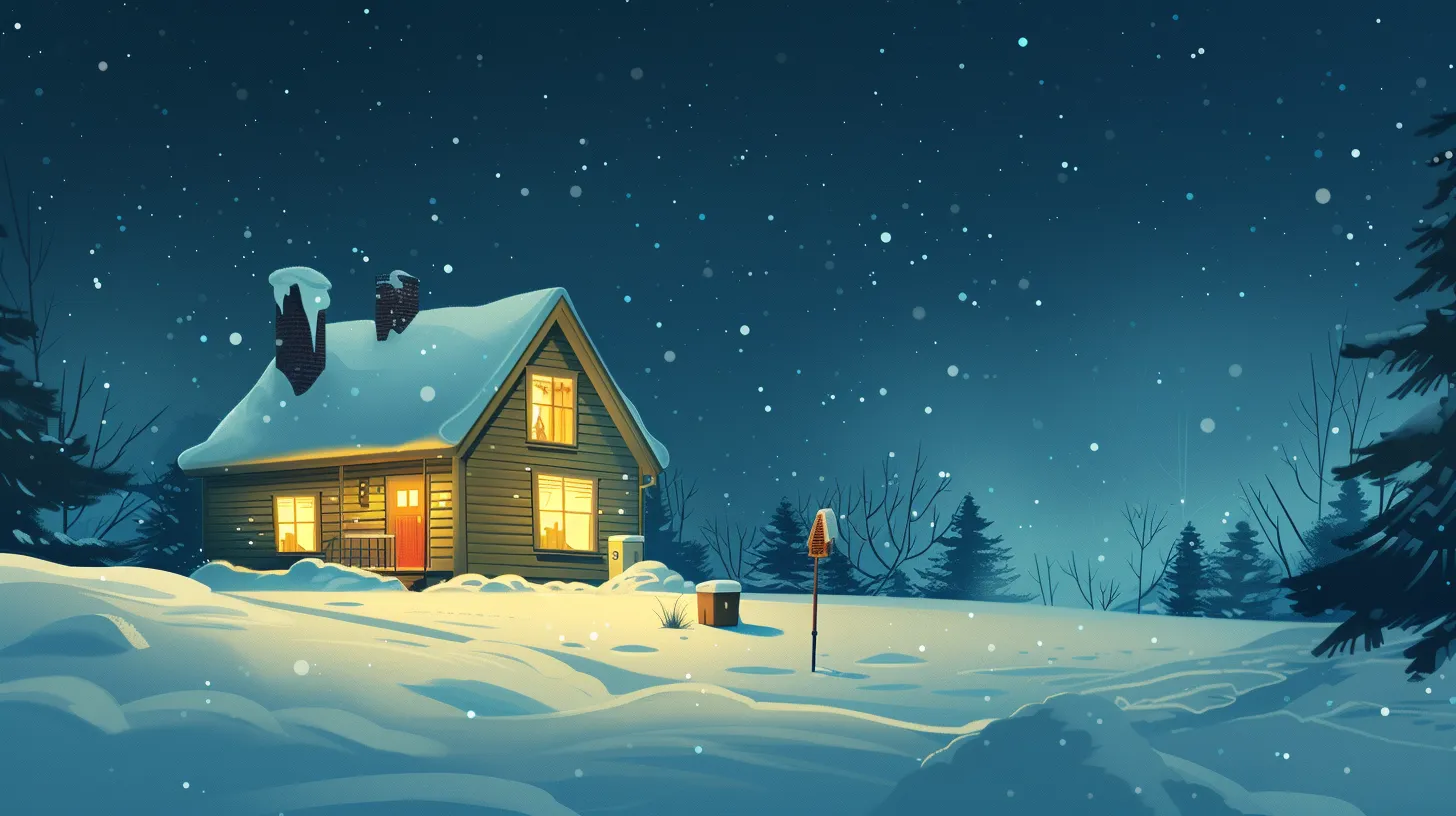As winter approaches, the use of outdoor spigots becomes a topic of considerable concern for homeowners. The plummeting temperatures bring the risk of frozen pipes and the potential for significant damage, leading many to question the safety and practicality of using outdoor faucets during the colder months.
Proper preparation, including insulation and strategic draining, can mitigate these risks, but the question remains: is it truly feasible to safely utilize an outdoor spigot in winter?
Exploring the methods for protecting your home's plumbing will provide valuable insights into maintaining functionality and avoiding costly repairs in the face of freezing weather.
Assessing Winter Risks
Understanding the risks associated with using outdoor spigots during the winter months is crucial to prevent the costly and inconvenient consequences of frozen or burst pipes. When temperatures plummet, water inside an outdoor spigot can freeze, expand, and exert pressure on pipes, leading to potential damage. A fundamental preventive measure is to shut off the water supply to the spigot from an interior valve. This action helps mitigate the risk by stopping water flow to the outdoor fixture.
Additionally, after shutting off the water, it's essential to drain the pipe connected to the outdoor spigot. Residual water left in the line can freeze, causing the pipes to burst. This step is often overlooked but is critical in safeguarding your plumbing against winter's harsh effects.
Disconnecting garden hoses from the spigot is another vital precaution. Hoses can trap water that can freeze and back up into the spigot and connected pipes, increasing the risk of freezing and damage. By implementing these measures, including the use of freeze-proof spigots and proper maintenance practices, homeowners can significantly reduce the risk of freezing temperatures wreaking havoc on their outdoor plumbing infrastructure.
Insulating Outdoor Faucets

Insulating outdoor faucets with specially designed covers or sleeves is a straightforward and effective strategy to prevent freezing during the winter months. These insulated covers serve as an essential barrier, trapping heat and significantly reducing the risk of water freezing inside the faucet. This not only ensures the smooth functioning of your outdoor water sources but also helps in avoiding potential damage that can occur due to expanding ice.
Adding an extra layer of protection with insulated covers is not only a simple but also an affordable solution. The beauty of these covers lies in their versatility, as they come in various sizes to fit different spigot sizes, ensuring that every outdoor faucet can be adequately protected. This adaptability makes it easy for homeowners to find the right cover that snugly fits their outdoor faucets, providing optimal insulation.
Moreover, using insulated faucet covers is a cost-effective way to safeguard outdoor faucets from the harsh realities of winter. By investing a small amount in these insulated covers, homeowners can avoid the potentially high costs of repairing damage caused by freezing water. This preventive measure is a smart investment in maintaining the longevity and functionality of your outdoor water sources.
Disconnecting Garden Hoses

As winter approaches, disconnecting garden hoses from outdoor spigots becomes a critical step in protecting your home's plumbing from freezing temperatures. This simple yet effective measure prevents the expansion of freezing water inside hoses, which can lead to bursting and costly repairs. Moreover, removing hoses from outdoor faucets is essential to avoid ice blockages within your pipes, which can cause potential leaks and significant damage to your plumbing system.
To ensure the longevity of your garden hoses and the safety of your plumbing, consider the following steps:
-
Drain the Hoses : Before disconnecting, ensure that all water inside the hose is thoroughly drained. This step prevents any remaining water from freezing and expanding, which can damage the hose.
-
Disconnect and Store : Carefully remove any hoses from outdoor faucets. Once disconnected, store the hoses in a dry, protected area to prevent damage from cold temperatures.
-
Inspect the Spigot : After removing the hose, inspect the outdoor faucet for any leaks or dripping water. Addressing these issues before the onset of freezing temperatures can prevent water from freezing inside the spigot, averting potential damage.
Installing Frost-Free Spigots

Following the essential step of disconnecting garden hoses for winter, homeowners should also consider installing frost-free spigots to further safeguard their plumbing against freezing temperatures. Frost-free spigots are ingeniously designed with the valve located inside the house, a strategic placement that significantly reduces the risk of water freezing within the spigot during cold weather. This internal positioning is vital as it leverages the warmer temperatures inside the home to prevent the water within the spigot from freezing, expanding, and potentially causing damage.
Proper installation and insulation of the valve are paramount to ensure the effective use of frost-free spigots. It's crucial that these spigots are correctly installed with a slight downward slope. This design allows them to drain the water out of the spigot after each use, leaving no water inside to freeze. Additionally, the presence of a shutoff valve further enhances the system's efficiency by allowing homeowners to control the flow of water to the spigot, thus preventing any chance of freezing when the spigot is not in use.
Investing in frost-free spigots not only enables the use of the outdoor spigot during the winter months without the worry of freeze damage but also saves money on potential repairs and replacements. Remember, for these spigots to maintain their functionality, it is essential to remove hoses and ensure they are fully drained after each use.
Winter Maintenance Tips

To ensure the longevity and functionality of outdoor spigots during the harsh winter months, homeowners must adopt a proactive approach to maintenance, which includes several critical steps. Proper winterization of outdoor spigots can prevent freezing, which in turn avoids the costly repairs and emergency situations that can result from burst pipes.
Here are key maintenance tips to follow:
-
Shut Off and Drain: Begin by closing the water valve inside the house that supplies water to the outdoor spigot. This step is crucial to stop water from flowing into the spigot. Next, open the spigot outside to drain any remaining water in the pipe. This prevents water from freezing inside the spigot, which could cause it to burst.
-
Remove Hoses: Disconnect all hoses from the hose bib. Water left in a connected hose can freeze and expand, potentially causing both the hose and the spigot to crack.
-
Pitch and Insulate: Ensure that the piping to your outdoor spigot is properly pitched to facilitate drainage. For frost-free sillcocks, which have the valve inside the house, verify they are correctly insulated to withstand cold temperatures.
Following these steps will help protect your outdoor spigots from freezing and breaking during winter, safeguarding your home from potential water damage.










